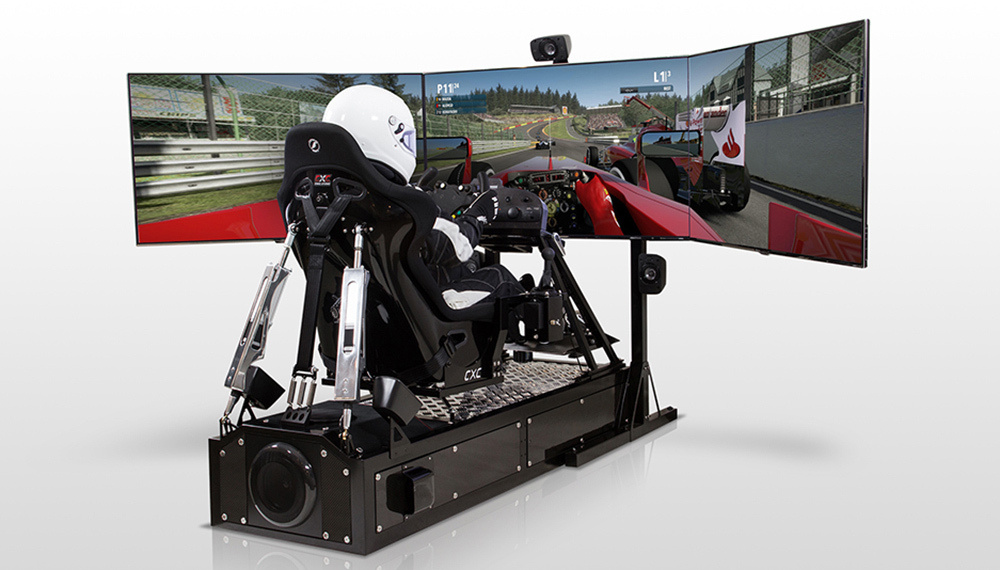Flights of Fancy and the World of Simulators

From gaming to surgical training, simulators have been used for various purposes. Here in our blog page, we explore these benefits, as we step into the world of Virtual Reality.
Thank you for joining our blog on simulators.
Simulators are defied by google dictionary as a machine that is designed to provide a realistic imitation when it comes to controls and the operation of a vehicle or complex systems, solely for the purpose of training.
The most common for of simulation amongst the general public is that of flight simulation. These started as computer games back in the late 80s and soon found a following of avid game players wanting to experience the control of flight. This was, of course, very basic at the time, but once the technology improved, flight simulation really took off. (that’s a pun right there.)
From gaming computer consoles, the flight simulator turned into full cabin that would mimic the specifications of a real plane cockpit. People would be able to climb into a cabin and take seat in front of a mock cockpit. The cabin would be on hydraulics to add to the sensations of controlling a plane during take-off, flight and landing.
This became the marker for simulation technology and user experience. By now, the technology was only in the early 90s and as the millennium turned and we stepped into the digital-age, more complex systems were created to further enhance the learning capabilities and to a degree, the entertainment that was derived from them.
Soon further simulators would appear across a number of industries, most notably in the realms of surgery.
Keyhole surgery to a leap forward in the 2000s thanks to the technology. The simulators created to look at advanced surgical procedures and allowed for medical staff to train and use the tools associated with keyhole surgery before taking on the task of completing the process on real living patients.
Beyond the 2000s, computerized simulations were the go-to tool for any profession that wanted to offer a way of training, but it still remained in touch with the entertainment side. Flight simulators still retained huge sales as console games and Microsoft would make record sales off their Flight Simulator series.
The simulator for many was key in the advancement of 3D animation. This bled into many games and brought about the first-person perspective that is now commonplace for any video game made with early developments going back to the mid-90s. One of the biggest sellers of this first-person play was the release of Wolfenstein 3D™ in 1992, in 1993 Doom™ was then released and then there was no going back as first-person shooter games dominated and hit a peak with the James Bond game GoldenEye 007™.
In 1996 online casinos became the newest form of entertainment that would incorporate the technology and open a gateway to virtual gameplay that helped online casinos to become one of the biggest industries across the entire planet.